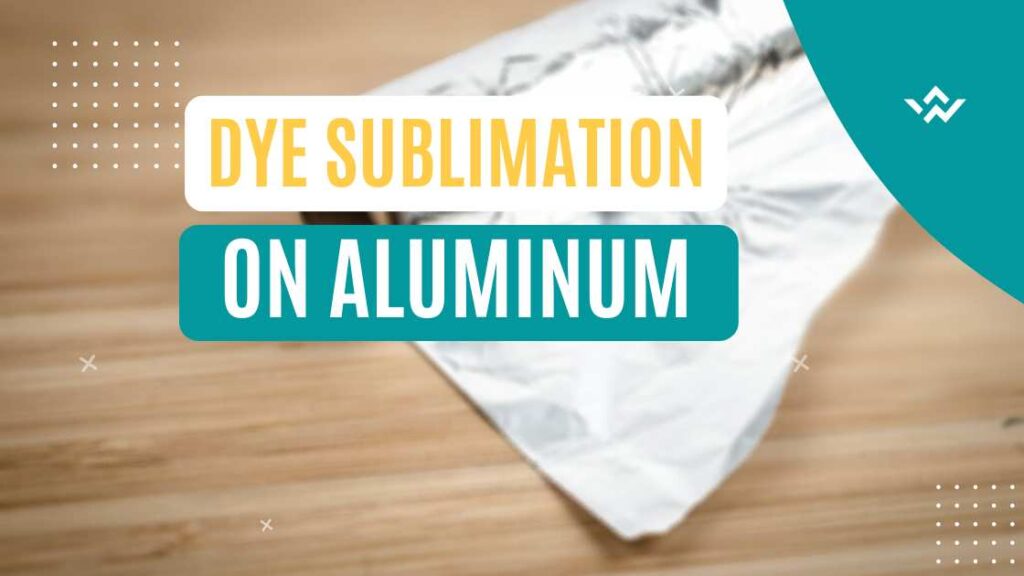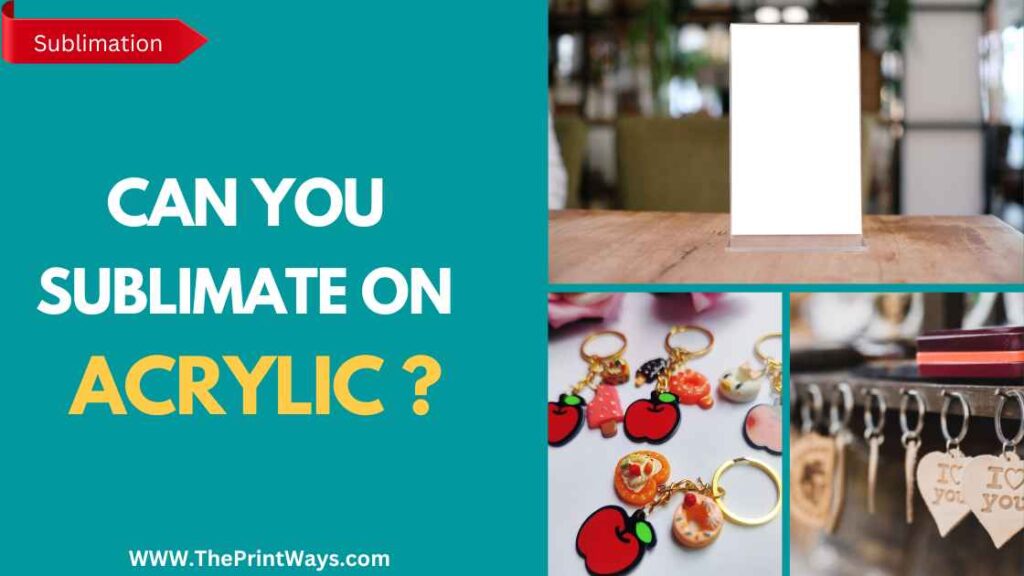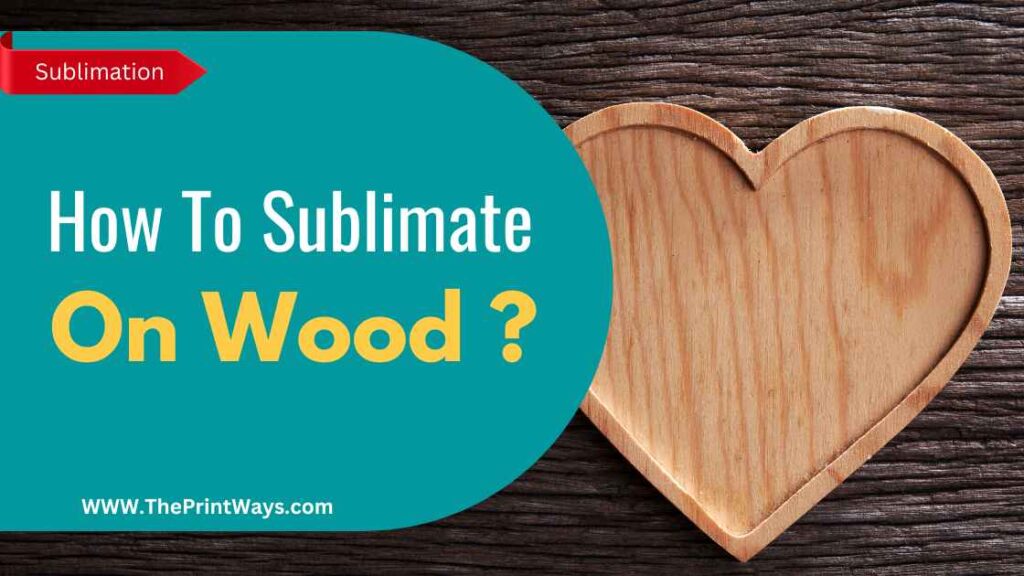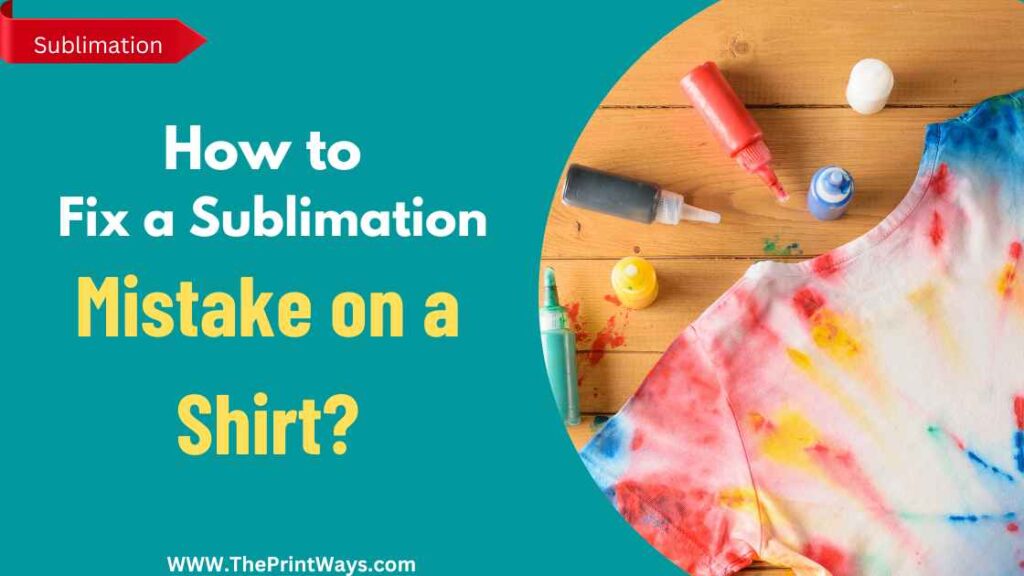In printing and photo reproduction, achieving high-quality, long-lasting results is key. Dye sublimation on Aluminum is one method that has gained popularity in recent years.
The method of printing with these inks onto an aluminum surface that has been treated uniquely produces a highly detailed, vivid, and scratch-resistant image.
Dye sublimation on metal is a versatile printing method that can be used for everything from museum-quality artwork to business signage. This blog post will discuss how this innovative printing technique might improve your next endeavor.
Is Dye Sublimation on Aluminum possible?
Dye sublimation on Aluminum is feasible and one of the most common uses for this printing method. In this method, ink is fused onto Aluminum using a specific coating that bonds with the metal’s surface.
The result is a picture that looks great for a long time and can withstand scratches, fades, or damage without losing color, vibrancy, or quality. Dye sublimation on Aluminum is frequently used for photography, fine art prints, corporate signage, and personalized items like license plates, awards, and name badges.
To achieve dye sublimation on Aluminum, we use a heat press machine to apply heat and pressure to the transfer paper, which causes the dye to sublimate and connect with the aluminum surface. The end product is an image that can withstand heavy foot traffic or harsh environmental conditions without wearing or fading.
Overall, producing high-quality prints with great detail and clarity by dye sublimation on Aluminum is cost-effective and efficient.
Related Post : Sublimation on Aluminum
How is dye sublimation different from other printing methods?
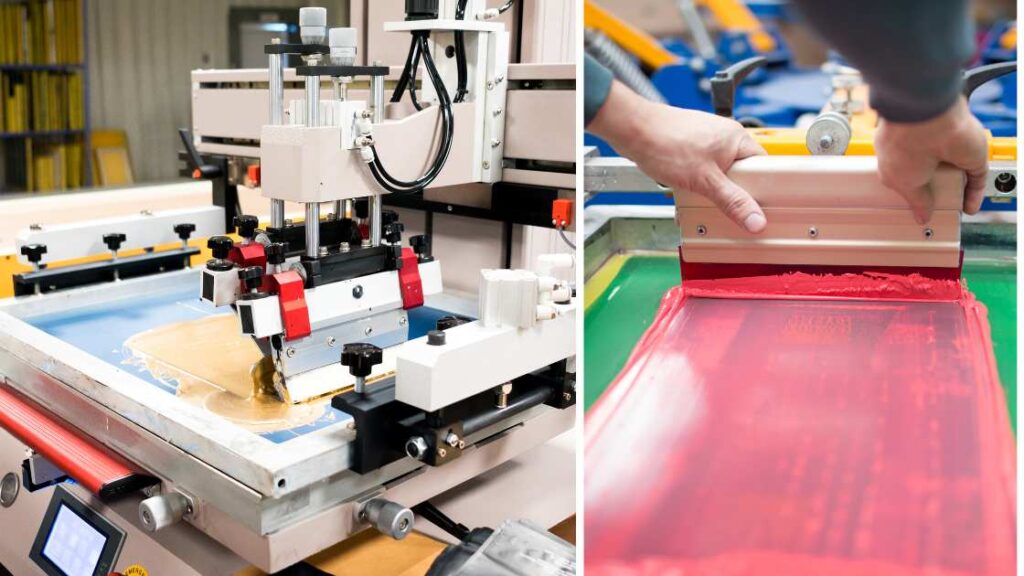
There are many ways in which dye sublimation printing is different from more conventional methods. Some of the main distinctions between dye sublimation and other printing techniques are as follows:
Full-color printing
Dye sublimation can print in full color, which means it can faithfully recreate an extensive color palette. For example, screen printing and pad printing can only use a small selection of colors.
Durability
Dye sublimation is great for high-traffic or outdoor use due to its durability and resistance to scratches, fading, and other forms of damage. Some forms of printing may not hold up to use as well as others.
Material options
Fabrics, ceramics, and metals like Aluminum are suitable substrates for dye sublimation printing. The substrates compatible with some other printing techniques are more limited.
Image quality
Images created using dye sublimation are of the highest caliber, looking almost exactly like the original. The print quality would suffer if it were made using a different printing process.
Cost
Images printed with dye sublimation are of the highest quality and detail possible. Alternative printing methods would need to capture the degree of detail and clarity.
Process of Dye sublimation on Aluminum
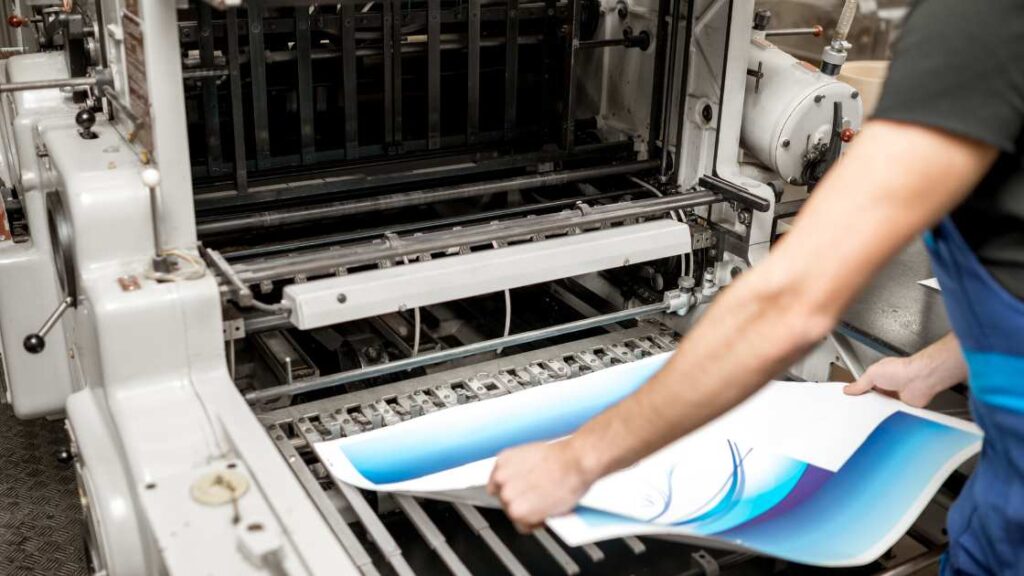
Supplies:
- Aluminum sheet or panel
- Dye-sublimation ink
- Sublimation paper
- Heat-resistant tape
- Heat press machine
- Protective gloves
Step 1: Select your design
Remember that dye sublimation produces the most impressive results with high-resolution photos and graphics when making your final design selection.
Due to the nature of the heat transfer technique, which uses tiny ink dots to generate the final image, the more detail and color information present in the source design, the better the final product will seem.
Step 2: Print the design
Dye-sublimation printers require special ink that vaporizes at high temperatures. Next, the aluminum substrate takes in the gas, permanently linking the ink to the metal.
Always use a printer made for dye-sublimation printing and suitable for the size and type of sublimation paper you intend to use.
Step 3: Cut the sublimation paper
Cut the sublimation paper using sharp scissors or a paper cutter for precise results. An inaccurately trimmed paper might cause the picture to warp during heat transfer.
Step 4: Preheat the heat press machine
The heat press machine’s preheating time will vary according to the machine’s size, the manufacturer-recommended temperature and pressure settings, and any additional factors.
Carefully following the directions will ensure that neither the substrate nor the heat press machine is harmed.
Step 5: Prepare the aluminum substrate
Dust, grease, and other debris can impede heat transfer, so wiping out the metal substrate with a lint-free cloth and a light cleaning solution is crucial. Make sure the area is arid before continuing.
Step 6: Position the sublimation paper
Sublimation paper and Aluminum substrate must be aligned so that the picture is straight and centered. There may be an in-built alignment tool on some heat press machines.
Step 7: Press the design
The dye sublimation technique calls for heat and pressure that will vary according to the type of aluminum substrate and the guidelines provided by the manufacturer.
Dye sublimation on Aluminum typically occurs between 380 and 420 degrees Fahrenheit (193 and 216 degrees Celsius), with pressing times varying from 45 seconds to several minutes.
The substrate and the sublimation paper are typically pushed together in a heat press machine for several minutes at a high temperature and a high pressure.
Step 8: Remove the sublimation paper
Take time as you slowly remove the sublimation paper to expose the transferred picture. Take your time and be careful to prevent ripping or altering the picture.
Step 9: Allow the substrate to cool
After the heat transfer procedure, the aluminum substrate will be extremely hot; therefore, it must be allowed to drop to room temperature before being handled. Depending on the substrate’s size and thickness, this could take a while.
Step 10: Finishing
Once the substrate has cooled, a protective coating can be applied to the surface to prolong the life of the transferred image. A clear coat, UV-resistant coating, or other protective finish can be used for this purpose. Always refer to the manufacturer’s guidelines for applying and curing the protective coating.
Also Read : Sublimation onto Metal
Is Dye Sublimation on Aluminum durable?
Dye sublimation on Aluminum is a long-lasting printing method, for sure. If done correctly and with quality materials, sublimated images fuse into Aluminum, turning them scratch-resistant and never fading, peeling, or breaking.
Dye sublimation ink penetrates the metal, becoming an integral part of the substrate. In contrast, the ink used in other printing procedures remains on the surface.
As a result, the colors and details are not only painted on the surface of the Aluminum. Still, they are embedded there, making the product extremely long-lasting and resistant to the elements.
Check out this tutorial:
Frequently Asked Questions
Q: Is dye sublimation on Aluminum a cost-effective printing method?
Dye sublimation on metal is pricier than other printing methods like screen printing. Still, it lasts far longer and looks great for a very long time. This makes the medium a cost-effective choice for outdoor signage and other uses where high-quality prints need to last for a long time.
Q: What are the advantages of dye sublimation on Aluminum?
Dye sublimation on Aluminum has many benefits, including its long lifespan, vivid colors, and resistance to fading, peeling, and breaking. Also, it can be used for various purposes, such as external signage and identification plates. Prints made using dye sublimation on metal can achieve a high resolution, allowing for crisp lines and accurate color gradations.
Q: What are the best materials for dye sublimation on Aluminum?
To get the finest results with dye sublimation on Aluminum, it is essential to use high-quality materials developed for this purpose. High-quality coated aluminum substrate, printer and substrate-compatible dye sublimation ink, and transfer paper designed to withstand the heat and pressure of a heat press all play a role in the sublimation printing process.
Q: How do I prepare the aluminum substrate for dye sublimation printing?
It is essential to thoroughly clean and dry the aluminum substrate before printing on it. Doing so will help the transfer paper stick to the Aluminum and the dye sublimation ink soak into the material.
Q: Can dye sublimation on Aluminum be used for outdoor signs and banners?
Dye sublimation on Aluminum is an ideal choice for outdoor signs and banners due to its longevity and resistance to fading, cracking, and peeling. It can withstand the elements, making it great for use in the great outdoors.
Q: What kind of printer do I need for dye sublimation on Aluminum?
You’ll need a dedicated dye sublimation printer that employs the thermal transfer of dye onto transfer paper to produce designs for dye sublimation on metal. The huge print volumes these printers are made for mean that they can also print very well, with crisp lines and subtle transitions in color.
Conclusion
Finally, dye sublimation on Aluminum has become a common practice for producing high-quality, long-lasting prints for use on metal. Because of the process’s adaptability may be used for anything from small, personalized items to massive public displays. The prints that come out of it are gorgeous, but they can also withstand being displayed indoors or out.

